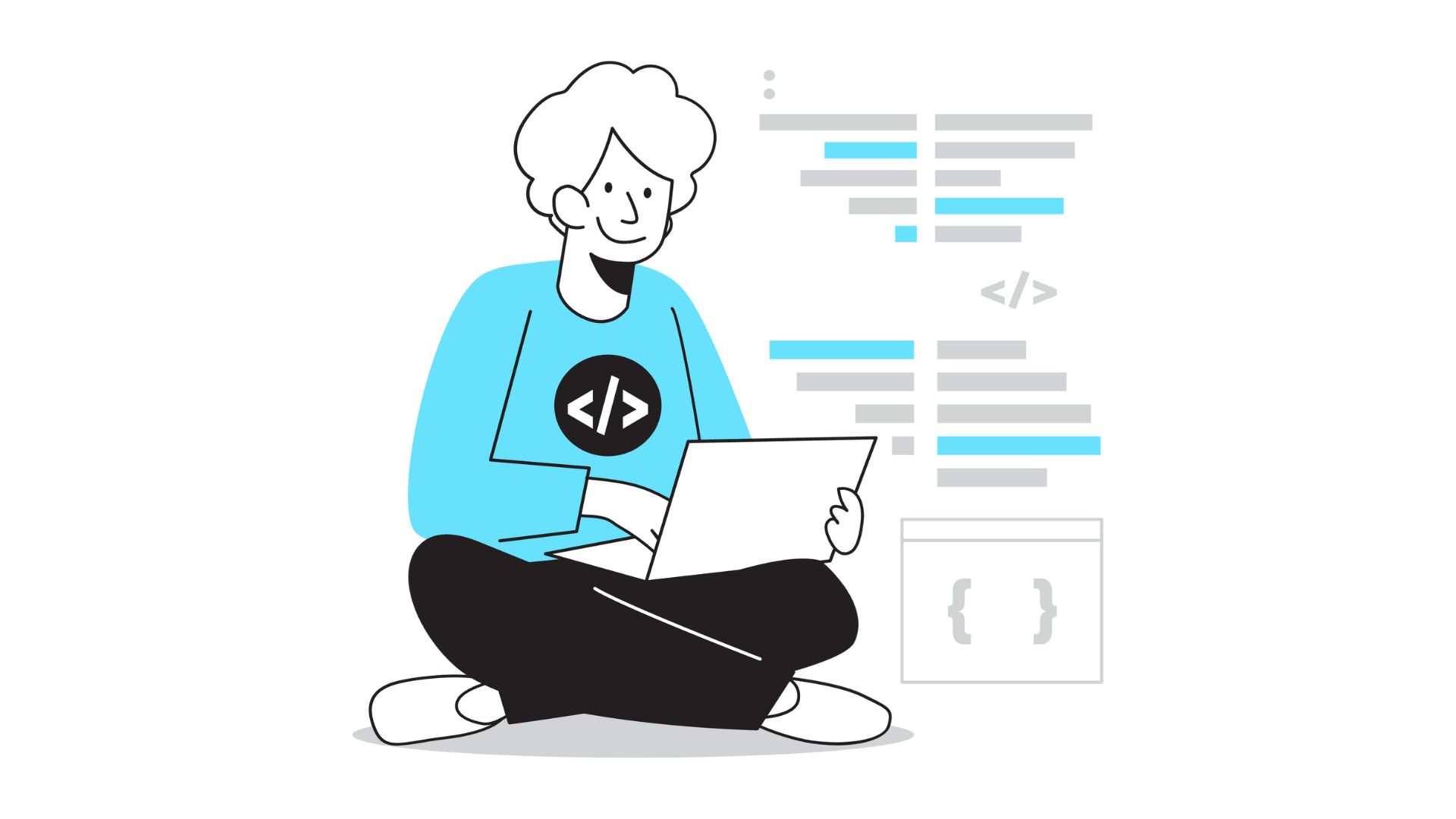9 Techniques for Improving Website Conversion Rates

It’s no secret that the most successful businesses are the ones that are able to create a loyal customer base. And when you have a loyal customer base, you have a higher chance of getting repeat business. But that’s easier said than done.
You can have great products and services, but if your website doesn’t convert visitors into customers, all your hard work will be in vain.
In this post, we’re going to take a look at nine techniques you can use to improve website conversion rates.
1. Define your conversion goals
Before you can start improving your website conversion rate, you need to define your conversion goals.
A conversion goal is the action you want visitors to take on your website. It could be anything from making a purchase to signing up for your email list.
Once you’ve defined your conversion goals, you can start to optimize your website to encourage visitors to take those actions.
2. Create a buyer persona
A buyer persona is a detailed profile of your ideal customer. It includes information such as their age, gender, location, job title, income, education, interests, goals, pain points, and more.
Creating a buyer persona can help you get a better understanding of who your ideal customers are, what they want, and how you can meet their needs. This, in turn, can help you optimize your website and increase your conversion rate.
If you don’t already have a buyer persona, you can create one using a combination of market research and data about your existing customers. Once you have your buyer persona, you can use it to guide your website design, content, and conversion rate optimization efforts.
3. Improve your website’s user experience
Your website’s user experience (UX) plays a huge role in how many leads you generate. If your website is difficult to navigate or doesn’t provide people with the information they’re looking for, they’re likely to leave and find a competitor’s website.
On the other hand, if your website is easy to use and provides a great experience, people are more likely to stay and convert.
There are a number of things you can do to improve your website’s UX and increase your conversion rate, including:
• Simplify your website design
• Make sure your website is mobile-friendly
• Use high-quality images and video
• Make sure your website loads quickly
• Use clear calls-to-action (CTAs)
• Make sure your website is easy to navigate
• Provide people with the information they’re looking for
• Offer live chat support
• Personalize the content on your website
By improving your website’s UX with the assistance of a quality UX designer, you can increase your conversion rate and generate more leads for your business.
4. Create a compelling call to action
A call to action (CTA) is a button or link on your website that encourages visitors to take a specific action. For example, you might have a CTA that encourages visitors to sign up for your email list, download a free ebook, or make a purchase.
Your CTAs should be compelling and persuasive. They should clearly communicate the value of the action you want visitors to take, and they should be visually appealing. You can use an AI Call To Action Generator to do this easily.
In addition, you should place your CTAs strategically throughout your website. For example, you might have a CTA at the end of a blog post, in your website’s header, or in a slide-out box that appears when a visitor scrolls down the page.
Add dynamic or interactive CTAs to your sales documentation as well. That’s where it pays off the most. Consider researching the best proposal software out there to create compelling documentation with actionable CTAs, such as a calendar or a form embeds.
By creating compelling CTAs and placing them strategically, you can increase the number of leads and customers you generate from your website.
5. Use clear and concise language
If you want to improve your website’s conversion rate, it’s important to use clear and concise language. This means getting straight to the point and using as few words as possible to convey your message.
Avoid using jargon and industry-specific language that your visitors might not understand. Instead, use language that is easy to understand and that your target audience is familiar with.
You should also make sure that your call-to-action buttons and links have clear and concise language. For example, instead of using a button that says “Click Here,” you could use a button that says “Get Started” or “Learn More.”
Using clear and concise language will help you get your message across quickly and effectively, which can lead to more conversions on your website.
6. Add social proof
Social proof is a powerful tool for increasing website conversion rates. When people see that others have had a positive experience with your business, they’re more likely to convert.
There are many different types of social proof you can use on your website, such as customer reviews and testimonials, case studies, and awards and accolades. Choose the type of social proof that will be most compelling to your target audience.
For example, if you run an e-commerce store, you might want to include customer reviews and ratings on your product pages. If you’re a B2B company, you might want to include case studies that show how your product or service has helped other businesses.
The key is to make sure that the social proof you use is relevant to the page it’s on and that it’s authentic.
7. Use a chatbot
Chatbots are a great way to offer your website visitors quick and easy access to information. If a potential customer has a question about your product or service, they can simply ask the chatbot and get an immediate response.
This can be a great way to improve website conversion rates, as it can help to reduce any friction in the sales process. If a potential customer has a question, they can quickly get an answer without having to leave your website. This can help to keep them engaged and moving through the sales funnel.
AI chatbots can also be used to gather information about your website visitors, such as their name and email address. This can be a great way to generate leads and improve website conversion rates.
8. Optimize your website for mobile
Today, more and more people are using their mobile devices to browse the web and make purchases. That’s why it’s so important to have a website that’s optimized for mobile.
If your website isn’t mobile-friendly, you could be missing out on a lot of potential customers. In fact, Google has said that if your website isn’t mobile-friendly, it could impact your search rankings.
To optimize your website for mobile, you’ll need to make sure that it looks good and functions properly on mobile devices. This may require making some changes to your website’s design and layout, but it will be well worth it in the end.
9. A/B test your website
A/B testing is a great way to test different variables on your website and see which ones are the most effective at improving your conversion rate.
You can test things like your website design, call-to-action buttons, headlines, and more. By comparing two versions of a page, you can see which one is more effective based on the conversion rate.
Once you have a winner, you can then make that change permanent and go on to test another variable. Over time, this can help you make a lot of small improvements to your website that add up to a big increase in your conversion rate.
Conclusion
Conversion rate optimization is a marathon, not a sprint. It takes time and effort to build a comprehensive strategy and see results.
The good news is, you don’t have to do it alone. There are plenty of resources available to help you optimize your website for conversions, and we’re here to help.
Check out our ultimate guide to conversion rate optimization to learn more.



